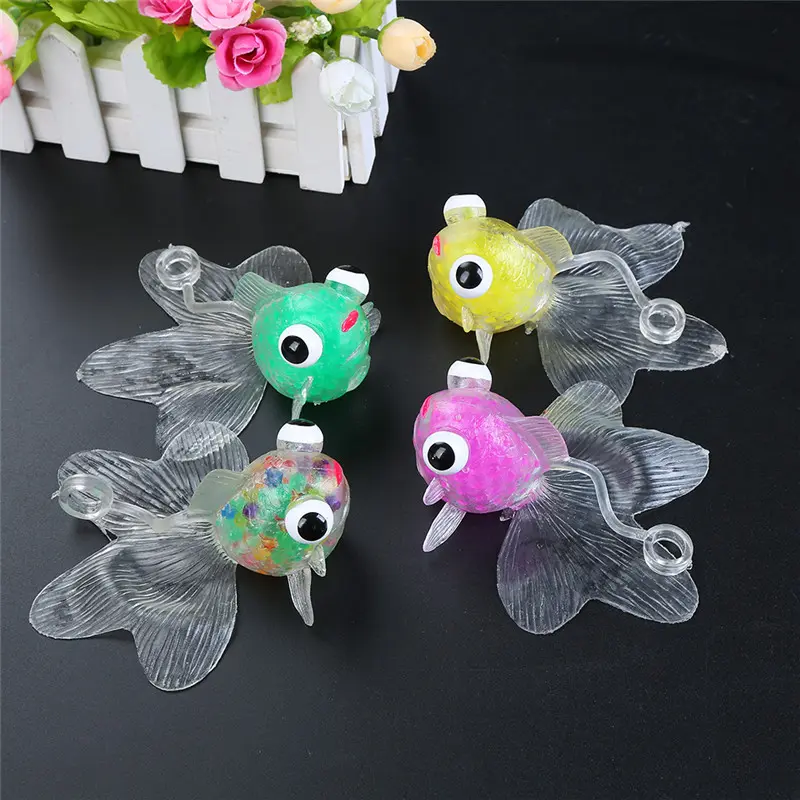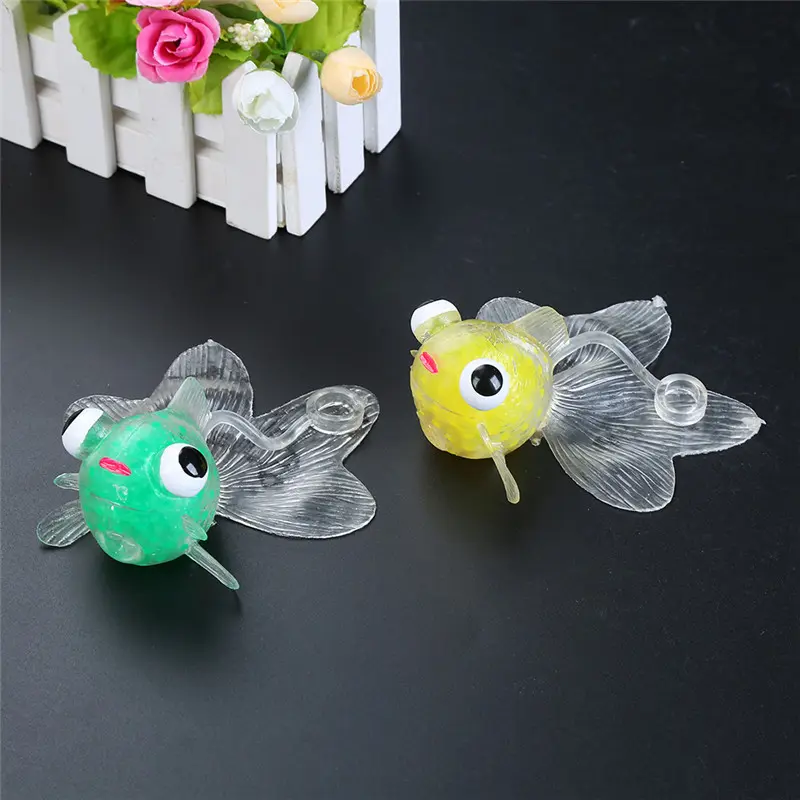Performance requirements of TPR toy materials
In today’s global market, TPR (thermoplastic rubber) toy materials have become one of the preferred materials in the toy industry due to their excellent performance and environmental protection characteristics. For international wholesale buyers, choosing the right TPR toy materials is not only about the quality and safety of the product, but also directly affects the market competitiveness of the product and the trust of consumers.
1. Environmental performance: the first requirement to meet international standards
Environmental performance is one of the most basic and important requirements for TPR toy materials. Toy products are usually in direct contact with children, so it is necessary to ensure that the materials are non-toxic, harmless and meet strict environmental standards. The following are the main environmental standards that TPR materials need to meet:
RoHS standard: restricts the use of hazardous substances in electronic products and requires that the materials do not contain heavy metals such as lead, mercury, and cadmium.
REACH standard: requires that the materials do not contain substances of very high concern (SVHC) to ensure the safety of the chemical composition of the materials.
EN71 standard: This is the European toy safety standard, which requires that toy materials meet strict safety standards in both physical and chemical properties.
PAHs (polycyclic aromatic hydrocarbons) and NP (nonylphenol): Some countries and regions require that these harmful chemicals must not be contained in toy materials.
2. Physical properties: ensure the durability and safety of toys
The physical properties of TPR toy materials directly affect the service life and safety of toys. The following are the key physical performance requirements that TPR materials need to meet:
Hardness: TPR materials have a wide hardness range (20A-85D) and can be adjusted according to the design requirements of the toy. For example, soft plush toys require lower hardness TPR materials, while durable toy wheels require higher hardness materials.
Tensile strength and elongation: These performance indicators determine the tensile strength and elasticity of the material when subjected to force. For toys that need to withstand large external forces, such as chewing toys or sports toys, TPR materials with high tensile strength and elongation are essential.
Abrasion resistance and tear resistance: Abrasion resistance ensures that the toy is not easily worn during frequent use, and tear resistance prevents the toy from breaking when subjected to external forces. For example, toy wheels and pet toys need to have good abrasion resistance and tear resistance.
Resilience: Good resilience can make toys quickly return to their original shape after being stressed, which is especially important for toys such as bouncing balls.
3. Processing performance: ensuring production efficiency and product quality
The processing performance of TPR materials directly affects the production efficiency of toys and the quality of the final product. The following are the processing performance requirements that TPR materials need to meet:
Flowability: TPR materials have moderate flowability and are suitable for a variety of processing methods, such as injection molding, extrusion, blow molding, etc. Good flowability can ensure that the material is filled evenly during the molding process, reducing defects such as shrinkage and burrs.
Molding temperature: The processing temperature of TPR materials is usually between 170-190℃. The appropriate molding temperature can ensure that the material will not decompose or age during the processing process, and it can also improve production efficiency.
Recyclability: TPR materials are 100% recyclable, which not only helps to reduce costs, but also meets environmental protection requirements.
4. Appearance performance: meeting diverse market needs
The appearance of toys is one of the important factors to attract consumers, so the appearance performance of TPR materials is also very important:
Color matching performance: TPR materials should have good color powder diffusion performance, which can achieve bright and uniform color effects. This is especially important for colorful plush toys and doll toys.
Spraying, painting and silk-screen printing performance: Many toys need to be sprayed, painted or silk-screened, and TPR materials need to be well matched with inks and paints to ensure that the coating is firm and not easy to fall off.
Transparency: For some toys that require transparent effects, such as crystal balls or transparent toy wheels, TPR materials need to have good transparency.
5. Durability test: Ensure the long-term stability of products
In order to ensure the stability and safety of TPR toy materials in long-term use, a series of durability tests are required:
Oil resistance test: By measuring the performance changes of TPR materials in different standard reference oils (such as volume, hardness, tensile strength, etc.), the stability of the material when in contact with oil is evaluated.
Chemical resistance test: Test the tolerance of TPR materials to common chemicals (such as acids, alkalis, solvents, etc.). This is especially important for some toys that may be exposed to detergents or other chemicals.
Aging resistance test: Evaluate the tolerance of TPR materials to environmental factors such as ultraviolet rays and ozone during long-term use. Good aging resistance can extend the service life of toys.
Post time: Jul-18-2025

